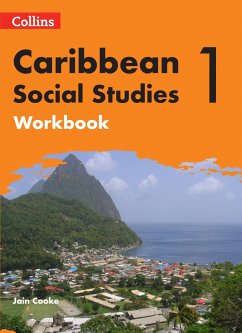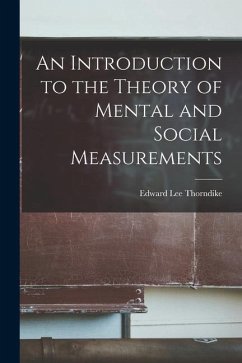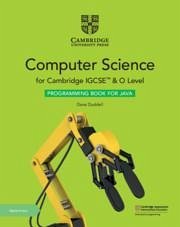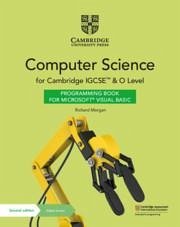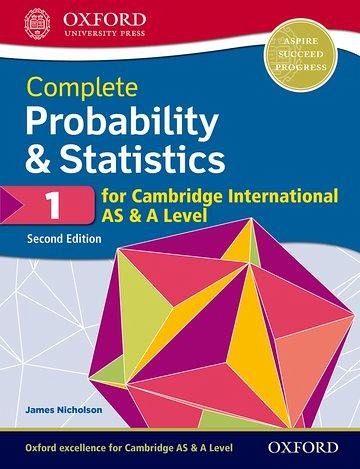
Complete Probability & Statistics 1 for Cambridge International AS & A Level
Versandkostenfrei!
Versandfertig in über 4 Wochen
32,99 €
inkl. MwSt.

PAYBACK Punkte
16 °P sammeln!
Support achievement in the latest syllabus (9709), for examination from 2020, with a stretching, practice-driven approach that builds the advanced skills required for Cambridge exam success and progression to further study. This new edition is fully aligned with the Probability & Statistics 1 part of the latest International AS & A Level syllabus, and contains a comprehensive mapping grid so you can be sure of complete support. Get students ready for higher education with a focus on real world application. From parabolic reflectors to technology in sport, up-to-date, international examples sho...
Support achievement in the latest syllabus (9709), for examination from 2020, with a stretching, practice-driven approach that builds the advanced skills required for Cambridge exam success and progression to further study. This new edition is fully aligned with the Probability & Statistics 1 part of the latest International AS & A Level syllabus, and contains a comprehensive mapping grid so you can be sure of complete support. Get students ready for higher education with a focus on real world application. From parabolic reflectors to technology in sport, up-to-date, international examples show how mathematics is used in real life. Students have plenty of opportunities to hone their skills with extensive graduated practice and thorough worked examples. Plus, give students realistic practice for their exams with exam-style questions covering every topic. Answers are included in the back of the book with full step-by-step solutions for all exercises and exam-style questions available on the accompanying support site.





